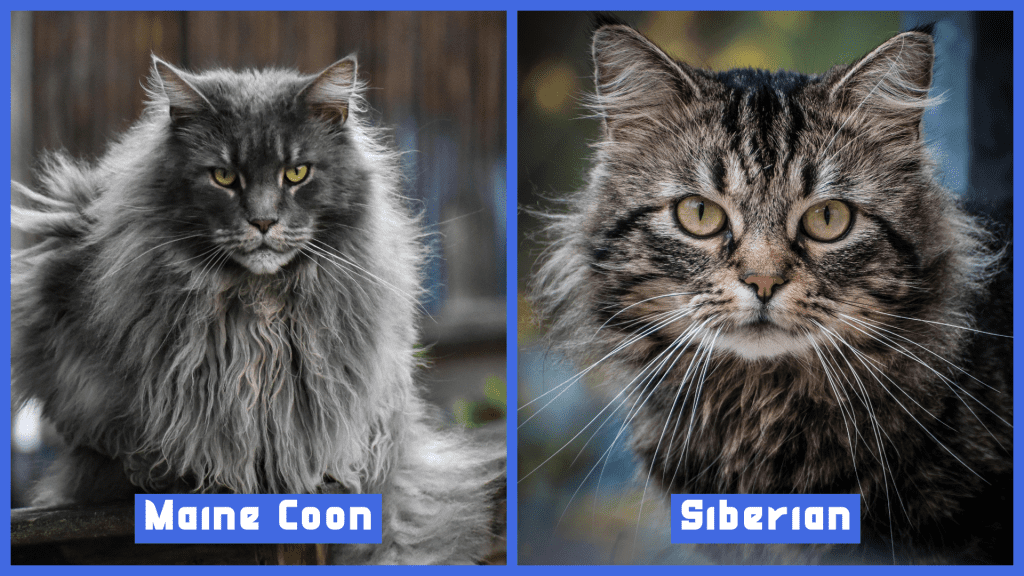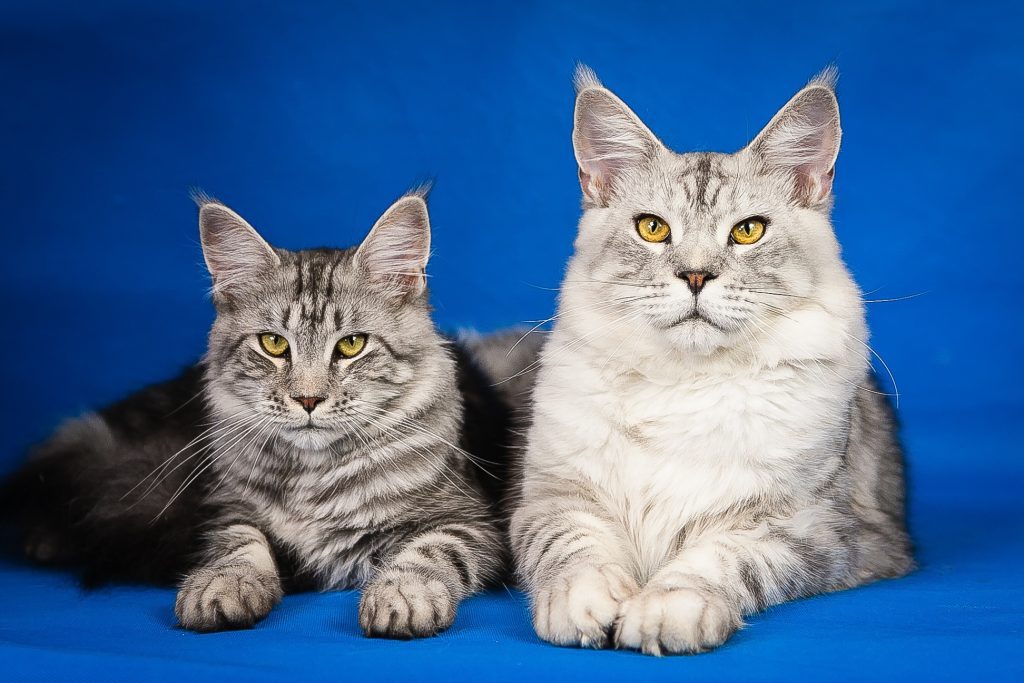If you’ve ever dreamed of cuddling a fluffy Ragdoll but worry about sneezing fits, you’re not alone. An estimated 10–20% of people report cat allergies, mostly due to a protein called Fel d 1 found in their saliva, skin, and dander.
Many hope breeds like the Ragdoll are “hypoallergenic” — but spoiler alert: hypoallergenic doesn’t mean allergy-free. Their luxurious coats and calm temperament contribute to the perception that they’re safer for allergy sufferers.
In this guide, we’ll bust common myths, share what vets say, what the science shows, and give you practical tips you can start using right away.
Are Ragdolls Really Allergy-Friendly?
Short answer — no. Ragdoll cats are not hypoallergenic, though some people may experience milder symptoms around them. “Hypoallergenic” means fewer allergens — not none — and no breed is completely allergen-free.
Ragdolls’ thick coats and calm grooming habits may help keep some dander from becoming airborne, but evidence is limited, and responses vary. Some owners, like David with his Ragdoll Minu, report milder reactions. Always spend time with a Ragdoll before adopting — every cat is different, and so is every allergic response.
Why Ragdolls Seem Hypoallergenic (But Aren’t)
Ragdoll cats aren’t truly hypoallergenic, but their dense, low-shedding coat and calm grooming style can mean less airborne dander in some homes, which is why they’re sometimes perceived as easier for mild allergy sufferers.
They still produce normal levels of Fel d 1, the protein behind most cat allergies, but their laid-back nature often means they shed and scratch less, slowing allergen spread.
Pet allergies are triggered mainly by dander and saliva rather than hair, and coat type and grooming habits can influence how much allergen is released (see veterinary sources).
The Real Allergy Culprit
It’s not the fur — it’s Fel d 1. This tiny, sticky protein is the real reason many people sneeze around cats, produced mainly in their salivary and sebaceous glands (and even anal glands). When cats groom, Fel d 1 in their saliva coats the fur; once it dries, microscopic particles drift into the air, and that’s when allergy symptoms hit.
Even hairless cats can trigger reactions, so it’s not about how fluffy the cat looks — it’s what the cat’s body makes.
While some believe Ragdolls produce less Fel d 1, there’s currently no robust scientific evidence for that; allergen levels vary by individual, and studies suggest neutering is associated with lower Fel d 1 levels.
You Might Also Like
Fel d 1
Did you know? Male cats produce more Fel d 1 than females, and studies suggest intact males generate the highest levels. Neutering is associated with reduced allergen production in several studies, though the effect varies between cats. Seasonal shedding spikes — often in spring — can change dander levels, and indoor humidity can influence how particles move and settle.
Neutering and seasonal grooming can help reduce, but not eliminate, allergen exposure. Talk to your vet about timing and what to expect — every cat is different.
Now that we understand the protein behind cat allergies, let’s look at why Ragdoll kittens might seem less irritating at first.
Can Ragdoll Kittens Be Better for Allergies?

It’s easy to fall in love with a fluffy Ragdoll kitten — and for many allergy sufferers, the first few months can feel surprisingly sneeze-free. But here’s what most people don’t realize: kittens naturally produce less of the allergy-triggering protein Fel d 1, especially before sexual maturity.
Veterinary allergists note that levels often rise between 6 months and 1 year, driven by hormones like testosterone. Early mild symptoms can be misleading. Even a low-trigger kitten today could cause stronger allergic reactions later. plan,
- Visit 2–3 times over a couple of weeks — delayed reactions can take hours or days to appear.
- Ask about neutering and grooming routines — these can influence allergen levels over time.
- Start allergen-reducing measures early — run a HEPA purifier during visits and limit close contact at first.
You might not react to a kitten right away, but symptoms can worsen as the cat matures.
You Might Also Like
Tips to Reduce Allergic Reactions Around Ragdolls
You can often live with a Ragdoll even if you’re allergic, but it takes consistent, evidence-backed habits. Bathe your cat monthly with a vet-approved allergen-reducing shampoo — Ragdolls usually tolerate this well, and some studies report notable drops in surface Fel d 1 afterward (results vary).
Brush daily (ideally by a non-allergic household member) and use grooming wipes between baths to help remove loose dander before it spreads indoors.
Consider diet changes: Purina Pro Plan LiveClear — in Purina-sponsored research — reduced measurable cat allergens in hair and dander by about half after a few weeks.
At home, run HEPA air purifiers, vacuum often, wash bedding weekly, and keep your bedroom cat-free to give your body a break. These steps help many people with mild to moderate allergies, though results vary, especially for those with asthma, who should consult an allergist first.
Are There Truly Hypoallergenic Cat Breeds?
No cat breed is 100% hypoallergenic — “hypoallergenic” simply means fewer allergens, not zero. All cats, even hairless ones like the Sphynx, produce allergens. Some studies suggest breeds such as the Siberian and Balinese may have lower average Fel d 1 levels (results vary by individual cat).
Research published in the Journal of Allergy and Clinical Immunology indicates that Fel d 1 is responsible for IgE-mediated sensitization in over 90% of cat-allergic individuals.
(Even within low-allergen breeds, you’ll find cats that still trigger reactions — so does breed matter? Sometimes, but not as much as the individual cat and your immune system.)
You might still find a good fit, especially if you spend time with calm, low-shedding breeds like the gentle Ragdoll.
You Might Also Like
Final Thoughts
TL;DR: Ragdolls aren’t truly hypoallergenic, but some allergy sufferers find them easier to live with. Test before adopting, consult your doctor, and use daily grooming, HEPA filtration, and a cat-free bedroom to help manage symptoms.
Their calm nature and lower grooming habits may help reduce allergen spread, but long-term care and smart habits are key.
Have a Ragdoll allergy story or tips that worked for you? Share them below — your experience might help another reader take the first step toward their perfect match.
Sources
Human allergy to cats: A review for veterinarians on prevalence …
Pro Plan LiveClear Allergen Reducing Cat Food | Purina US
Do ragdolls produce a different type of allergy or have less … – Reddit
Are Ragdoll cats hypoallergenic? Find out now! – Untamed Cat Food
Are Ragdoll Cats Hypoallergenic? Top Tips for Allergy Sufferers

Hi, I’m Mo Pavel—a writer, researcher, and devoted animal lover. With my Persian cat Luna and two loyal German Shepherds, Rex, and Max, I live a life centered around pets. Beyond my home, I care for stray dogs, ensuring they feel loved and safe. Through Cats Question, I share insights to help pet owners create better lives for their furry companions.






